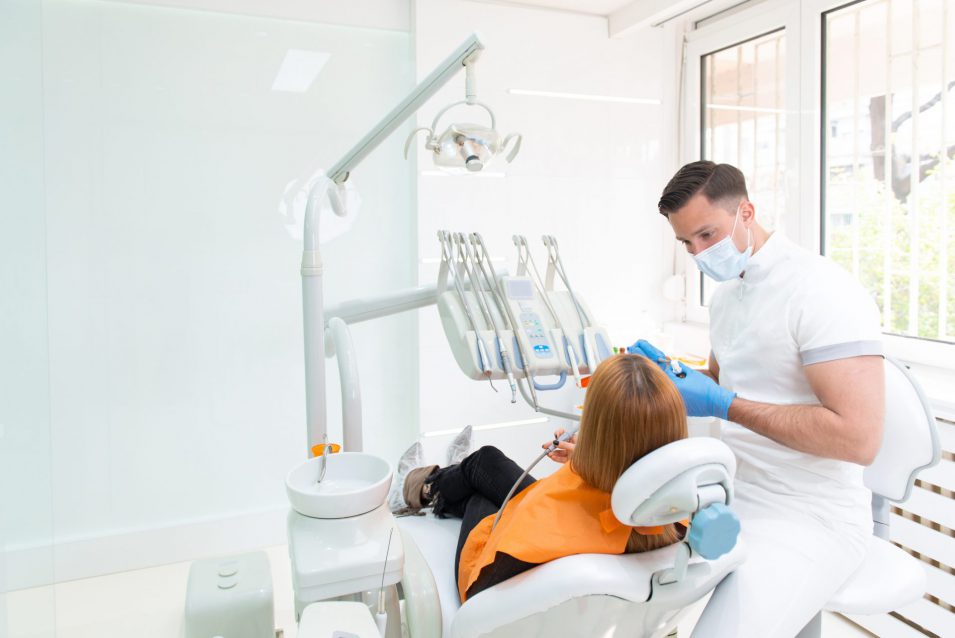
Wisdom Teeth Removal Near You
Some people never get their wisdom teeth, while others have them erupt without any problems. But many people do experience complications when their wisdom teeth arrive. At Avenue Dental, we offer wisdom teeth removal, so you don’t have to worry about further damage to your teeth and mouth. Call us today to book your consultation.
Why Do I Need My Wisdom Teeth Removed?
The average age for wisdom teeth to arrive is between 17 and 25. Our dentists will use digital X-Rays to monitor the development of wisdom teeth during routine visits for young patients. Both the patient and their parents or guardians will be informed of any complications and solutions will be discussed. Wisdom teeth removal might be recommended to prevent future damage or discomfort.
Some potential problems with wisdom teeth are:
- Horizontal growth (perpendicular to the rest of your teeth)
- Angular growth (a hazard to neighbouring teeth)
- Impacted wisdom teeth (no eruption at all)



Recent Comments